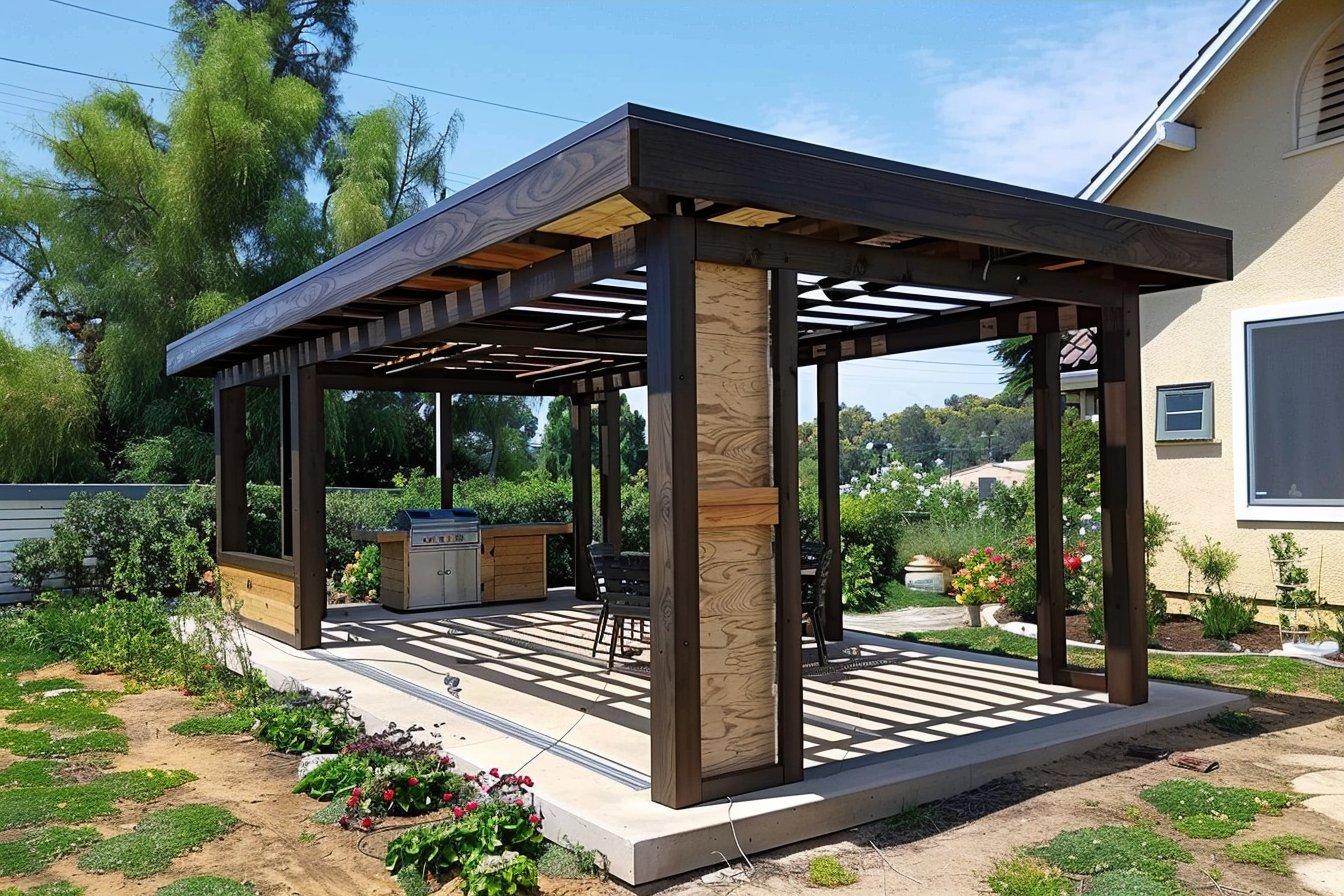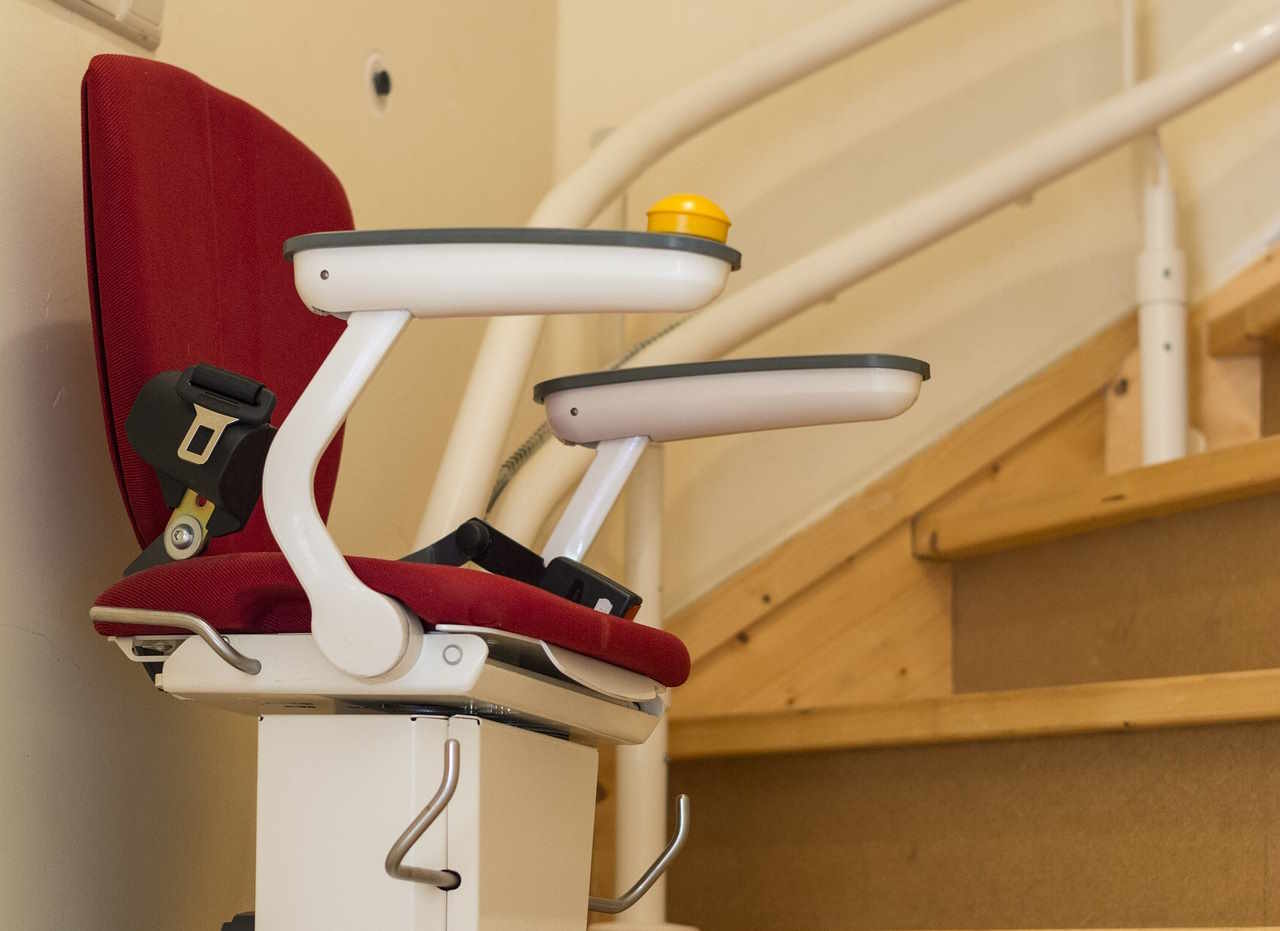Gazebos and Pavilions: Enhancing Your Outdoor Living Space
A well-designed outdoor living area can transform your backyard into a personal oasis. Among the most popular additions to create a beautiful and functional outdoor space are gazebos and pavilions. These structures not only provide shelter from the elements but also serve as focal points for relaxation, entertainment, and aesthetic appeal. In this article, we'll explore the world of gazebos and pavilions, discussing their types, installation processes, and how they can elevate your backyard experience.

What are the different types of gazebos?
Gazebos come in a variety of styles and materials, each offering unique benefits to suit different preferences and needs. Some common types include:
-
Traditional wooden gazebos: These classic structures are often made from cedar, redwood, or pressure-treated pine. They offer a timeless appeal and can be customized with various roof styles and designs.
-
Vinyl gazebos: Low-maintenance and durable, vinyl gazebos are resistant to rot, insects, and weathering. They come in various colors and styles to complement different home exteriors.
-
Metal gazebos: Typically made from aluminum or steel, metal gazebos are known for their strength and longevity. They can be powder-coated for added durability and come in various designs, from modern to traditional.
-
Pop-up gazebos: These portable structures are perfect for temporary use during events or gatherings. They’re easy to set up and take down, making them ideal for outdoor parties or camping trips.
-
Screened gazebos: These enclosed structures offer protection from insects while still allowing you to enjoy the outdoors. They’re perfect for areas with high mosquito populations or for those who want a bug-free outdoor dining experience.
How do pavilions differ from gazebos?
While gazebos and pavilions share some similarities, there are key differences between the two structures:
-
Shape: Gazebos are typically octagonal or round, while pavilions are usually rectangular or square.
-
Size: Pavilions are generally larger than gazebos, making them better suited for hosting larger gatherings or events.
-
Roof design: Gazebos often feature a distinctive cupola on top, while pavilions have a simpler roof structure, often with a slight pitch for water runoff.
-
Flooring: Gazebos usually have a raised floor, while pavilions are often built directly on a concrete slab or existing patio.
-
Versatility: Pavilions are more adaptable to various uses, such as outdoor kitchens, pool houses, or even carports, due to their open design and larger size.
What are the steps involved in gazebo installation?
Installing a backyard gazebo can be a rewarding DIY project or a job for professional contractors, depending on the complexity and size of the structure. Here’s a general overview of the gazebo installation process:
-
Site preparation: Choose a level area in your yard and clear it of any obstacles. Ensure proper drainage to prevent water accumulation around the gazebo.
-
Foundation setup: Depending on the gazebo type, you may need to create a concrete slab, lay pavers, or install footings for the structure.
-
Floor construction: If your gazebo has a raised floor, build the platform according to the manufacturer’s specifications or your custom design.
-
Frame assembly: Erect the main support posts and connect them with beams and rafters to form the gazebo’s frame.
-
Roof installation: Add the roof structure, including trusses and sheathing, then apply the chosen roofing material (e.g., shingles, metal panels).
-
Finishing touches: Install railings, screens (if applicable), and any additional features like built-in seating or decorative elements.
-
Staining or painting: If you’ve chosen a wooden gazebo, apply a protective finish to enhance its durability and appearance.
How can you choose the right gazebo or pavilion for your backyard?
Selecting the perfect gazebo or pavilion for your outdoor space requires careful consideration of several factors:
-
Available space: Measure your yard to determine the maximum size that will comfortably fit without overwhelming the area.
-
Intended use: Consider how you plan to use the structure – for dining, relaxation, entertaining, or a combination of activities.
-
Style and aesthetics: Choose a design that complements your home’s architecture and your personal taste.
-
Budget: Determine how much you’re willing to invest in the structure, including installation costs if you’re not planning a DIY project.
-
Maintenance requirements: Consider the long-term care needed for different materials and choose one that fits your lifestyle and time constraints.
-
Local regulations: Check with your local authorities regarding any permits or restrictions on outdoor structures in your area.
What are some popular gazebo and pavilion manufacturers?
When looking for a high-quality gazebo or pavilion, consider these reputable manufacturers:
| Manufacturer | Products Offered | Key Features |
|---|---|---|
| Yardistry | Wooden gazebos and pavilions | Pre-cut cedar components, easy assembly |
| Sojag | Metal gazebos and sun shelters | Rust-resistant aluminum frames, modern designs |
| Gazebo Penguin | Metal and polycarbonate gazebos | All-season use, UV-resistant materials |
| Outsunny | Pop-up and permanent gazebos | Variety of styles, affordable options |
| Backyard Discovery | Wooden pavilions and pergolas | Premium cedar construction, customizable designs |
Prices, rates, or cost estimates mentioned in this article are based on the latest available information but may change over time. Independent research is advised before making financial decisions.
In conclusion, gazebos and pavilions offer excellent ways to enhance your outdoor living space, providing shelter, style, and functionality to your backyard. By understanding the different types available, the installation process, and key factors to consider when choosing, you can make an informed decision that will bring years of enjoyment to your outdoor area. Whether you opt for a classic wooden gazebo or a modern metal pavilion, these structures are sure to become cherished additions to your home.




